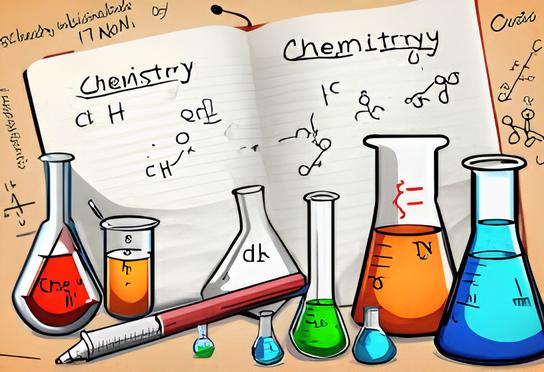JAMB CHEMISTRY – Oxygen and its Compounds
Key Points Introduction to Oxygen Oxygen is a fundamental element, symbolized as “O” and with an atomic number of 8, belonging to Group 16 (chalcogens) in the periodic table. It is a highly reactive nonmetal, existing as a colorless, odorless, and tasteless gas at standard temperature and pressure, comprising about 21% of Earth’s atmosphere. Its…

